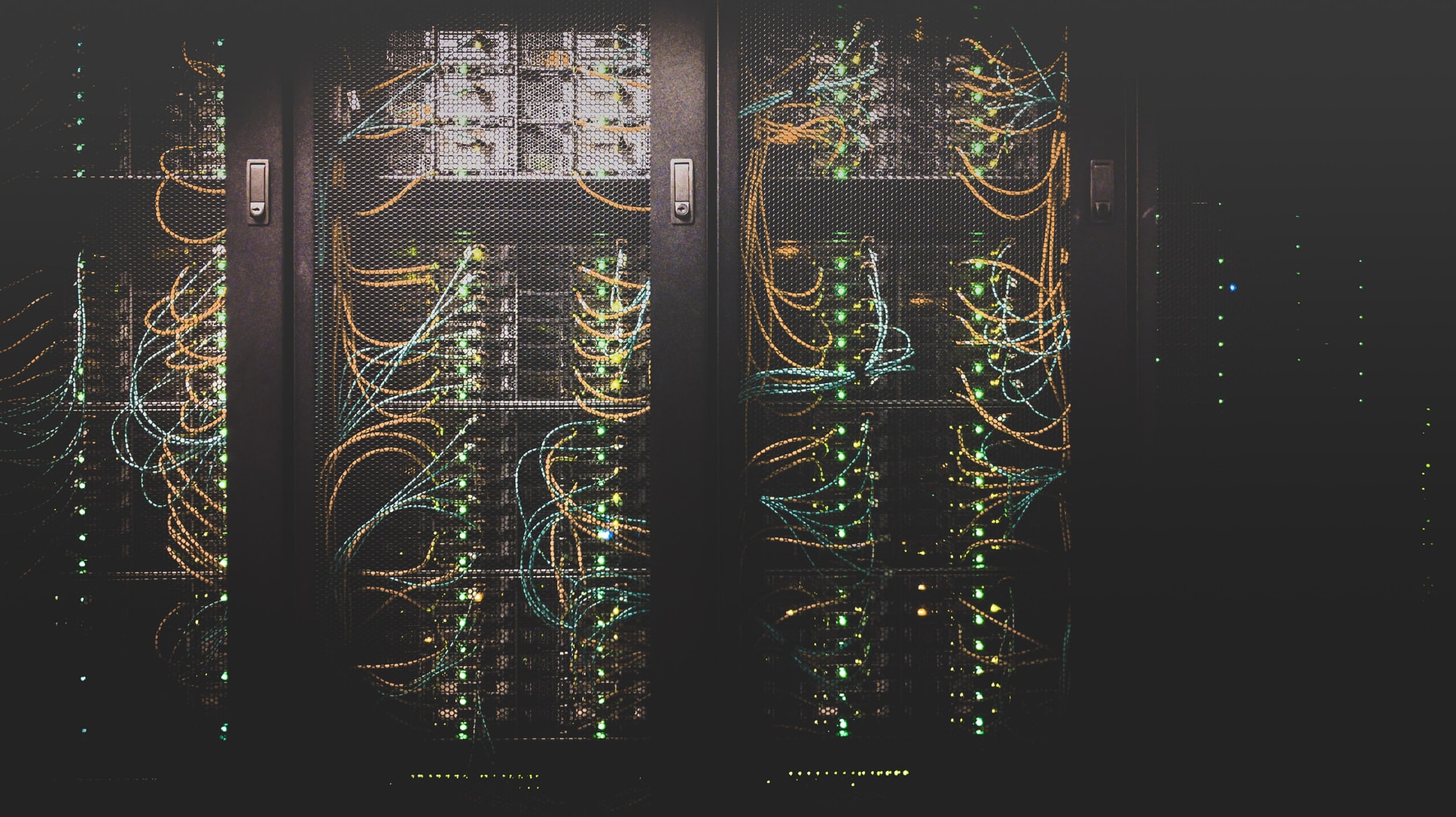
In recent decades, digital technology has revolutionised nearly all aspects of our lives, transforming the ways in which we work, communicate, travel, listen, watch, and play. For governments and policy makers, particularly in the context of the Covid-19 pandemic and the worsening climate emergency, connectivity and technological innovation have quickly become central to sustainable development, and the digital economy has brought great opportunities in tackling the climate crisis and working towards net-zero.
Digital transformation has improved efficiency and productivity across all sectors, and helped to dramatically reduce carbon emissions in agriculture, transport, planning, building, waste management, and public services. However, our use of digital technology comes with its own energy cost, and as the world becomes increasingly reliant upon the internet and connected devices, it is important to acknowledge and manage the environmental impact.
The carbon footprint of ICT
It is estimated that there are currently around 4.66 billion active internet users globally, and as population and connectivity grows, this figure is increasing rapidly.
While it is easy to think of the internet and the digital world as an abstract and intangible space, the infrastructure that supports it is very much physical and comes with significant environmental and spatial demands. A huge amount of energy is required to power data centres and servers and to build and maintain transmission networks, and most of this energy currently comes from fossil fuels.
The manufacturing, shipping, and powering of digital devices also consumes a vast amount of energy, and the mining and extracting of the raw materials used to make them has a direct impact on land quality and biodiversity.
The use of digital communication channels and social media also has a significant carbon footprint. It is estimated that sending one email emits around 4g of CO2, and that in a typical year for a user of a business email account, around 135kg of CO2 is emitted as a result of incoming mail.
The average internet user is expected to spend around 2.5 hours per day on social media, which is thought to be the equivalent of driving around 0.9 miles in a car, and over the course of a year adds up to the equivalent of driving around 332 miles.
Internet browsing also accounts for a significant portion of digital carbon emissions. According to Website Carbon, loading the average webpage produces around 1.76g of CO2, meaning if a webpage were to get 100,000 views per month, this would emit more than 2000kg of CO2 in a year.
Perhaps unsurprisingly, video and music streaming are among the biggest contributors to the digital carbon footprint, due to the vast amount of power needed to run the devices we stream on, as well as the energy needed to power the servers and networks that hold and transmit the content. Streaming currently accounts for around 63% of global internet traffic, and video streaming alone is thought to generate approximately 300 million tonnes of CO2 every year (accounting for around 1% of total global carbon emissions).

What can we do?
ClimateCare and MyClimate have both produced useful guidance as to how we can work towards reducing our digital carbon footprint. The suggestions include:
- Changing email habits, for example deleting older emails regularly and unsubscribing from unwanted newsletters.
- Limiting video streaming and downloading content where possible.
- Switching to a green cloud provider.
- Unplugging devices when not in use.
- Making devices and equipment last for as long as possible, disposing of old devices correctly, and purchasing refurbished or recycled devices where possible.
- Storing data locally where possible and limiting cloud usage.
While individual behavioural changes are a part of the equation and certainly have the potential to make a significant difference, it is important to consider the wider context and look at changes that can be made at business and government level.
The ESCP Business School has highlighted the increasing need for businesses to be aware of the digital aspect of their carbon footprint, suggesting that the implementation of green ICT strategies will be crucial in helping organisations to meet sustainability goals, while also lowering costs.
Organisations have the potential to make a significant difference, for example by investing in green data centres and servers powered by renewable energy, building greener websites, refurbishing and repairing IT equipment to prolong its lifespan, and encouraging sustainable digital behaviours among employees.

What does this mean for policy?
As digital transformation continues at speed, the need for clear and effective policies around ICT and environmental protection becomes increasingly apparent. A 2018 report by Policy Connect called on governments and policy makers to recognise the energy consumption of the digital economy, to ensure best practice for the energy management of ICT, and to maximise the potential of carbon-saving digital technologies such as artificial intelligence, Internet of Things, and analytics.
This call to action is echoed in a 2021 report published by the Tony Blair Institute for Global Change, which emphasises the need for policy leaders to act quickly to harness technological innovation to address the climate crisis, reduce the cost of green technology, and encourage its adoption on a global scale.
As technology progresses and lines between the digital and physical world become increasingly blurred, policy makers will have the challenge of anticipating change and creating flexible policies to deal with rapid developments and manage the impact.
Final thoughts
Overall, there are many reasons to be optimistic about the potential for digital technologies to address climate change and mitigate the impact of the climate crisis. However looking to the digital future, with an increasing number of people and devices online and increased demands on infrastructure, it is important for the environmental impact of technology to be acknowledged, and the effects mitigated.
Further reading: more from The Knowledge Exchange blog on digital transformation and decarbonising:
Taking the long view: futures thinking and why it matters
Local government and artificial intelligence: the benefits and the challenges
Share
Related Posts
Supporting residents on the decarbonisation journey: leveraging data for effective retrofit projects
As the drive towards decarbonisation intensifies, the social housing sector’s ability to collect, store and manage vast amounts of data becomes increasingly critical. With a shared goal of creating warmer, carbon-free homes, housing associations’ strategic use of data is essential ....
With information now so accessible, it’s easy to assume that whenever you have a question you can simply tap it into a search engine. But, while the internet and digital search tools are undoubtedly useful for checking basic facts, when ....
The recent spikes in energy costs have thrown into sharp focus the challenge of heating our homes. Domestic heating is important, not just for our comfort and wellbeing, but to reduce humidity and prevent condensation. But because traditional heating systems ....
By Ian Babelon A new-old concept for proximity “Are we there yet?” Parents may patiently nod to their children’s insistent nudges on a 20-minute journey to… somewhere. Quite rightly, researchers have asked: twenty minutes to what? The answer may well ....
